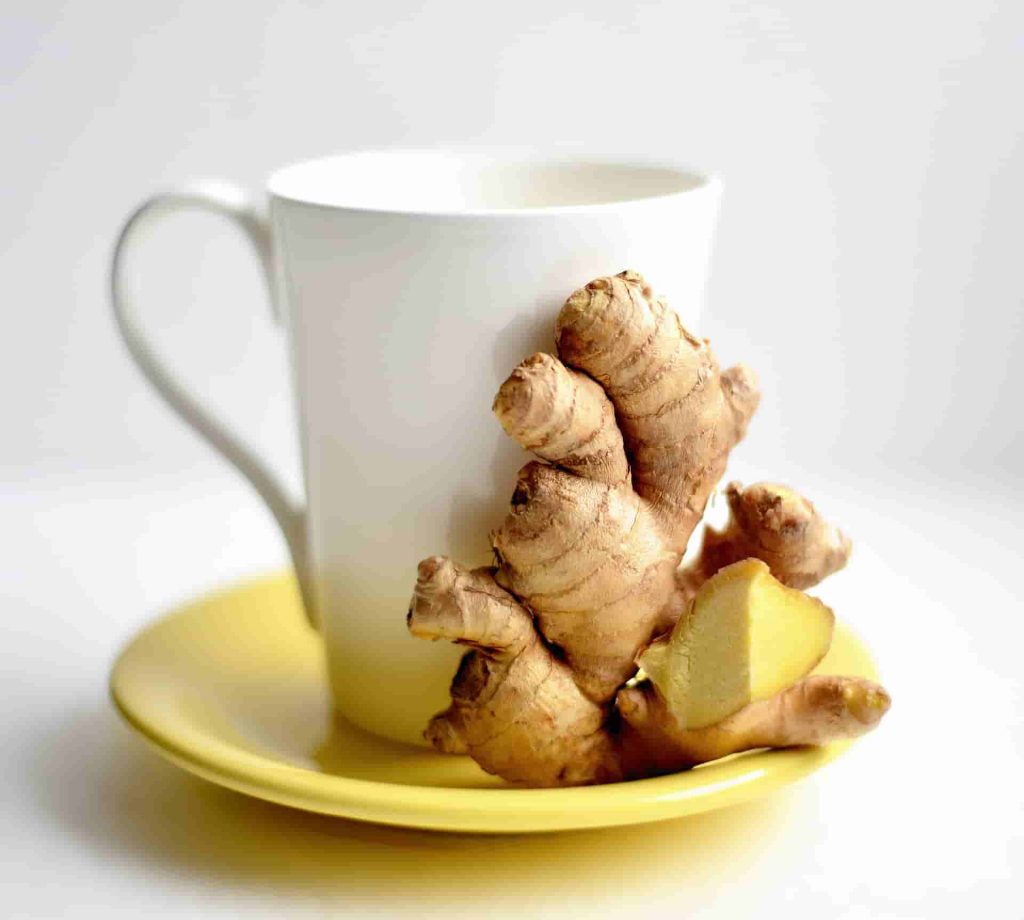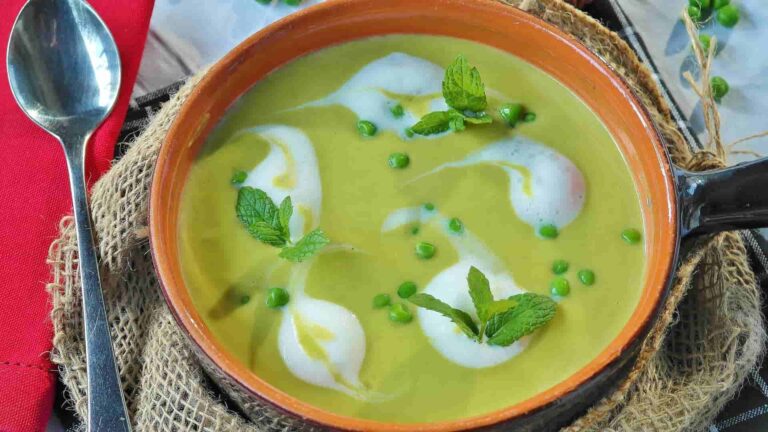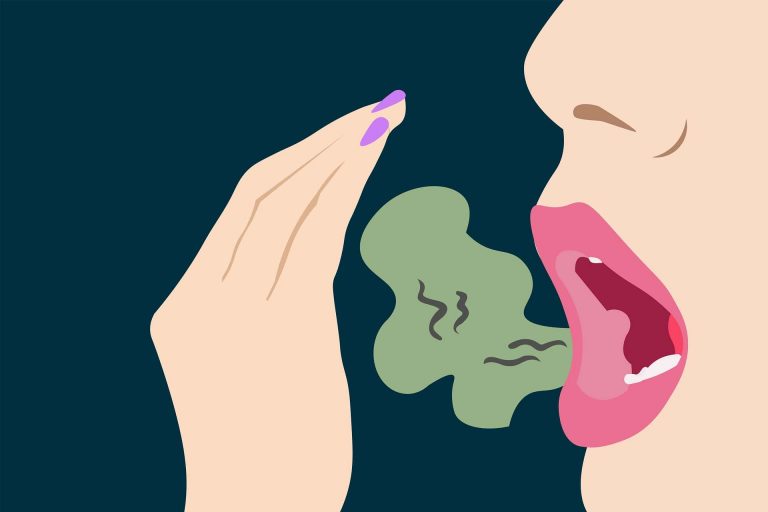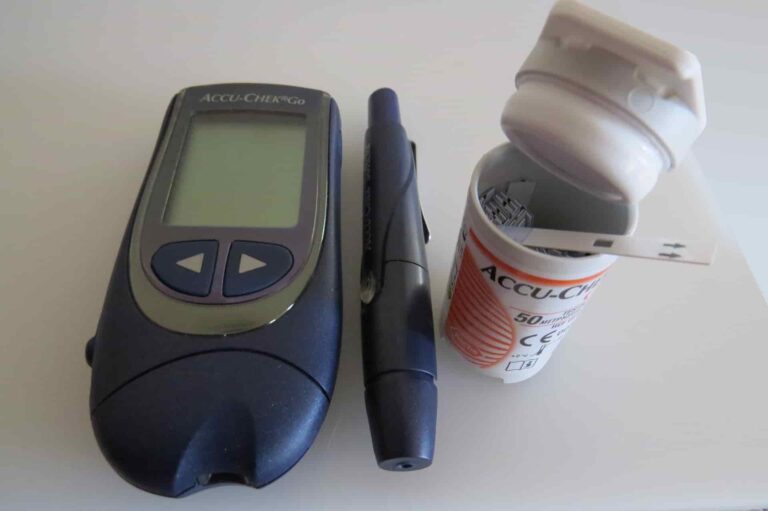How Much Do You Know about Ginger?
Ginger is said to have an aphrodisiac effect – high time to take a closer look at this spice. Anyone who does not get hot with the heat of this spice has done something wrong.
Ginger grows up to 2 meters high, only the branched roots are used for seasoning. The younger runners are used fresh, the older ones are particularly suitable for drying because of their extreme heat.
Origin & season
Ginger has been known for several millennia, especially in the Far East. It has always been used as a medicinal plant and as a spice .
Today ginger comes mainly from India, China and Nigeria, but it is grown worldwide.
In this country, ginger is available all year round, as the different growing areas complement each other in terms of time.
Ginger can be bought in the form of the fresh tuber, as a powder or in candied and pickled form.

Taste
Ginger tastes very hot and was therefore a popular and cheaper alternative to expensive pepper, especially in the Middle Ages. It also has lemon-like and at the same time sweetish taste components.
Use in the kitchen
Powdered ginger can easily be dosed, but its aroma cannot be compared to fresh ginger.
If the fresh tuber is used, simply cut off a piece of it. The rest of the cut is left to dry and then stored in the refrigerator:
- The cut piece is first freed from the peel with a knife or peeler.
- Then the pulp is cut into small pieces, chopped or finely grated (special ginger grater). This is important because the spiciness can make it uncomfortable to bite a piece of ginger while eating.
- When cutting you should make sure that you cut along the fiber.
- You should be careful with the dosage of fresh ginger, as otherwise it will develop its enormous heat too much.
Info: The older the ginger, the hotter it tastes. If the pulp is already quite grainy, this indicates an older ginger root.
We find ginger mainly in Asian and Indian dishes, especially since people like to eat spicy here.
The candied or pickled form of ginger plays a role especially in patisserie and in Japan[1].
Ginger is typically part of a curry spice mix. Even drinks like ginger ales and teas are made with ginger.
Ginger tea:
For a healthy ginger tea, simply peel a small piece of ginger (approx. 15g), cut it finely and bring it to the boil in a saucepan with approx. 0.5 L water. Let it steep for around 15 minutes, drain through a sieve and sweeten with honey.
Effect
- Pregnant women who suffer from pregnancy sickness can either chew a piece of ginger or drink some water with a little ginger in it, which should quickly dispel the nausea.
- Ginger tea works wonders for colds.
- If you tend to have poor blood circulation in winter and therefore have cold feet, you should take foot baths with ginger.
- Ginger also promotes digestion and stimulates the circulation.
- Traditional Chinese medicine promises that ginger will provide relief from muscle pain and rheumatic diseases.
- Due to the antioxidants it contains, it also has a pain-relieving effect and helps with inflammation.
- Ginger contains many important vitamins (e.g. vitamins C, E, B3, B5 and B6), minerals (e.g. iron, calcium, zinc, magnesium and potassium) and other healthy substances such as folic acid, thiamine and niacin.
Info: You can also buy ginger capsules, which are made from ginger powder. Here you should make sure that the capsules do not contain any additional chemical substances.
Tip: A warm bath with ginger can relax after a busy day.







